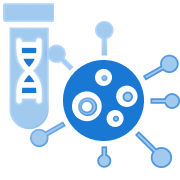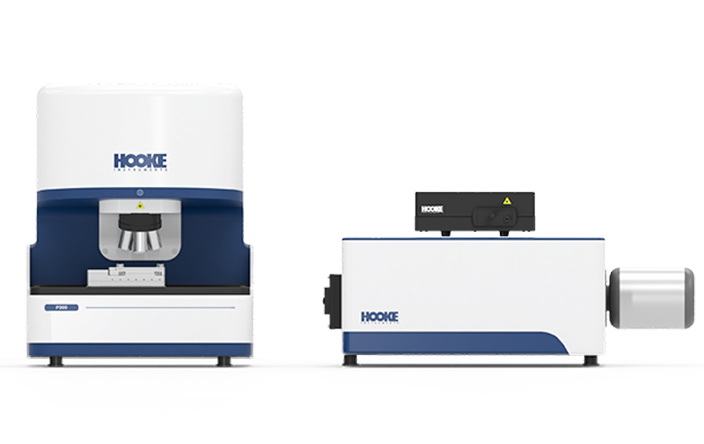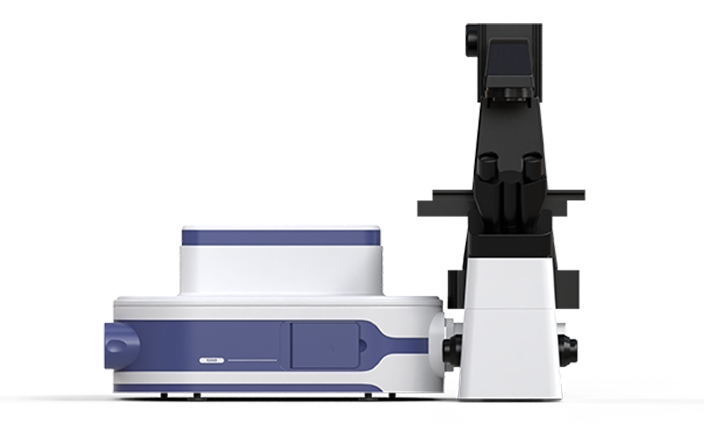Microplastics, as an emerging contaminants, are widely distributed in various enviromental media, including water bodies, air and soil. It can enter the bodies of plants and animals through these media, posing significant threats to human health and the ecological environment. As a result, the detection and analysis of microplastics have garnered considerable attention. Among the existing microplastic detection methods, Raman spectroscopy holds immense potential due to its numerous advantages, such as simple sample preparation, damage-free detection, high spatial resolution, excellent compatibility with aqueous solutions, and rapid examination speed.
The P300 Confocal Raman Spectrometer is capable of performing microplastic size analysis and type identification from environmental samples and within organisms. Moreover, it can conduct histopathological specimen analysis on tissues affected by microplastic invasion, providing a powerful tool for investigating the mechanism of microplastic toxicity. This instrument enables a comprehensive assessment of the hazards posed by microplastics to the environment and living organisms.
Building on this foundation, Hooke Instruments Ltd. has developed advanced line-scanning Raman spectroscopy detection technology. This innovative technology enhances the scanning speed of microplastics by one to two orders of magnitude, offering a more efficient approach for environmental monitoring and the study of microplastics in biological systems.
-
Rapid Microplastic Type Identification

-
Intelligent Particle Size Analysis

-
Sub-micron Precision

-
Applicable to Various Samples


Exploration
-
Environmental Microplastic DetectionEnvironmental Microplastic Detection
Our system enables both microplastic size analysis and spectral-based type identification, providing powerful tools for the prevention and control of emerging environmental contaminants.
Learn More
-
The Accumulation of Microplastics in Tissues and Their ImpactThe Accumulation of Microplastics in Tissues and Their Impact
We not only conduct research on the identification of microplastic types but also contribute to the in-depth assessment of tissue damage caused by microplastics.
Learn More
Microplastic Particle Size Analysis

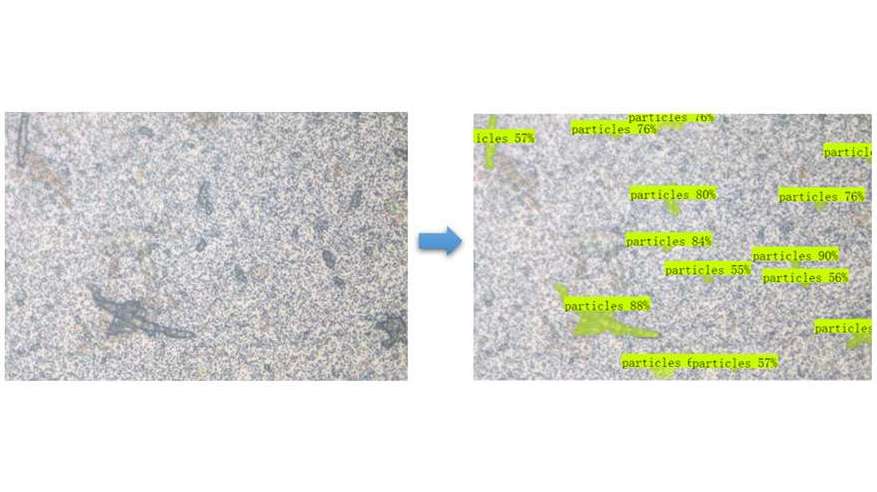
The instrument employs advanced algorithmic models to address the challenges of microplastic segmentation and identification under complicated backgrounds. Integrates multi-field scanning and image stitching, it enables rapid, accurate, and automated detection of microplastics in complicate samples, as well as intelligent particle size analysis.
Support for Building Customized Microplastic Database


The HOOKE IntP intelligent analysis software features a database function that enables intelligent search and identification of microplastics. It provides a similarity list comparing the tested samples with various microplastic Raman spectra in the database. Additionally, it offers local open database connectivity, supporting users in building their own databases, thereby providing robust support for microplastic detection.
Environmental Microplastic Detection Solutions

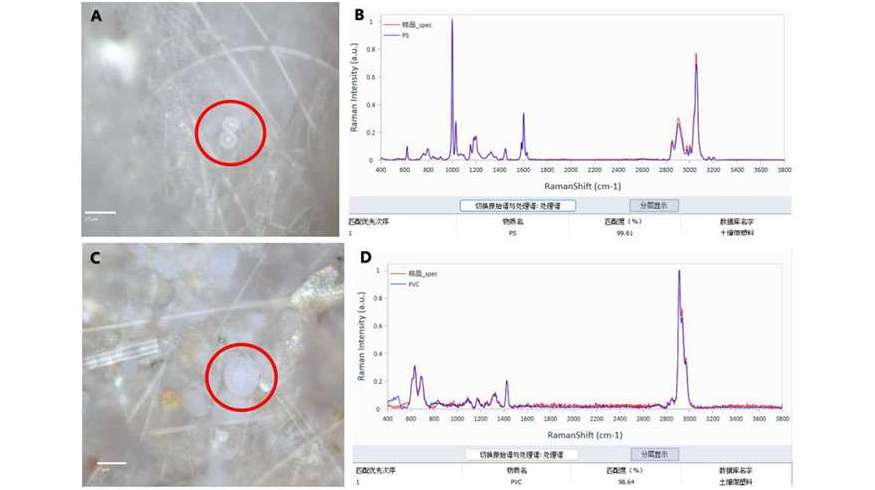
The detection of microplastics in environmental samples, such as soil and water bodies, often faces numerous challenges, including high levels of impurity interference and the need for microplastic enrichment. To address these issues, we have developed comprehensive, end-to-end microplastic detection solutions for samples from various environment, which effectively achieving the detection of microplastics. These solutions thereby provide strong support for environmental monitoring and pollution assessment of microplastics.
The Accumulation of Microplastics in Tissues and Their Impact

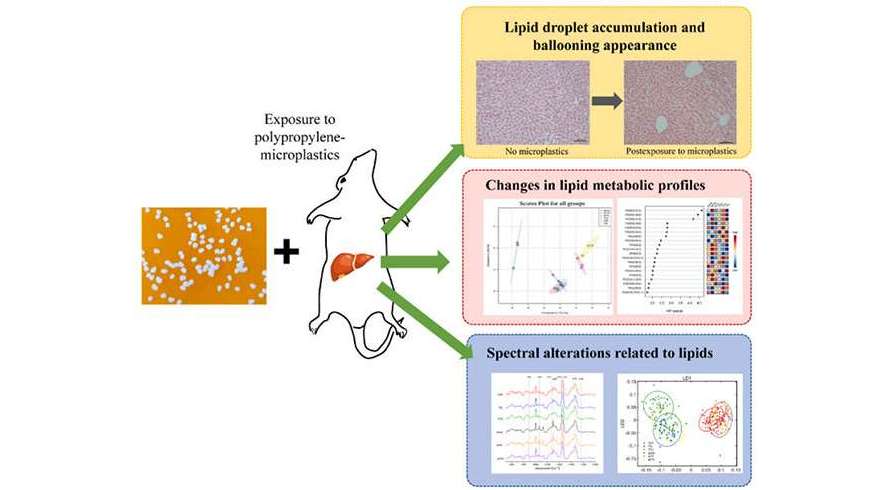
With the detection of microplastics in animals, plants, and even human bodies, their toxicological assessment and potential pathogenic mechanisms have drawn significant attention. The P300 Confocal Raman Spectrometer is capable of analyzing the accumulation of microplastics in animal and plant tissues. Furthermore, by analyzing changes in the Raman “molecular fingerprints” of tissue samples, it enables a comprehensive exploration of the mechanisms of tissue damage caused by microplastics.This comprehensive detection solution enhances our understanding of the distribution, accumulation, and impact of microplastics within biological organisms.
Featured Products
-

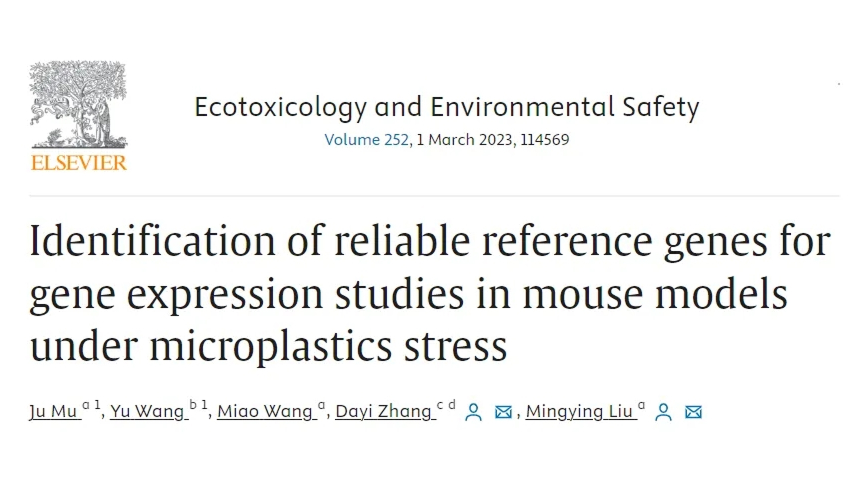 Ecotoxicology and Environmenta Safety丨Identification of reliable reference genes for gene expression studies in mouse models under microplastics stress2024.03.07
Ecotoxicology and Environmenta Safety丨Identification of reliable reference genes for gene expression studies in mouse models under microplastics stress2024.03.07 -

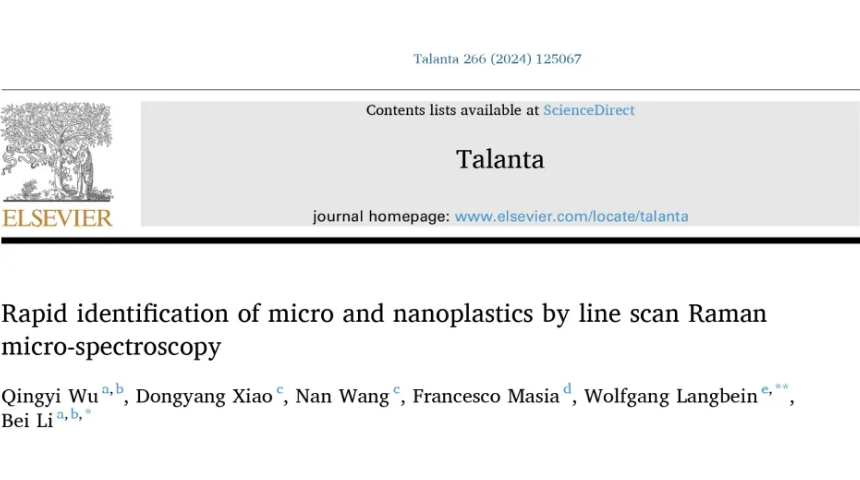 Talanta丨Rapid identification of micro and nanoplastics by line scan Raman micro-spectroscopy2023.08.19
Talanta丨Rapid identification of micro and nanoplastics by line scan Raman micro-spectroscopy2023.08.19 -

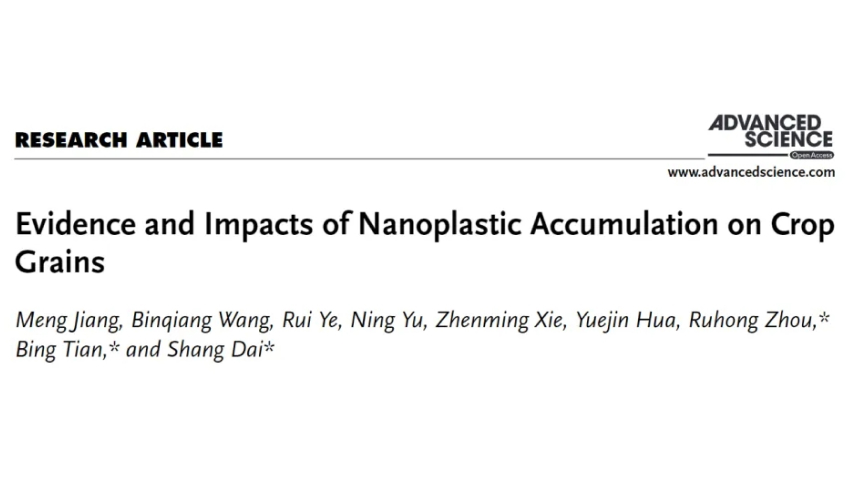 Advanced Science丨Evidence and Impacts of Nanoplastic Accumulation on Crop Grains2022.10.28
Advanced Science丨Evidence and Impacts of Nanoplastic Accumulation on Crop Grains2022.10.28













